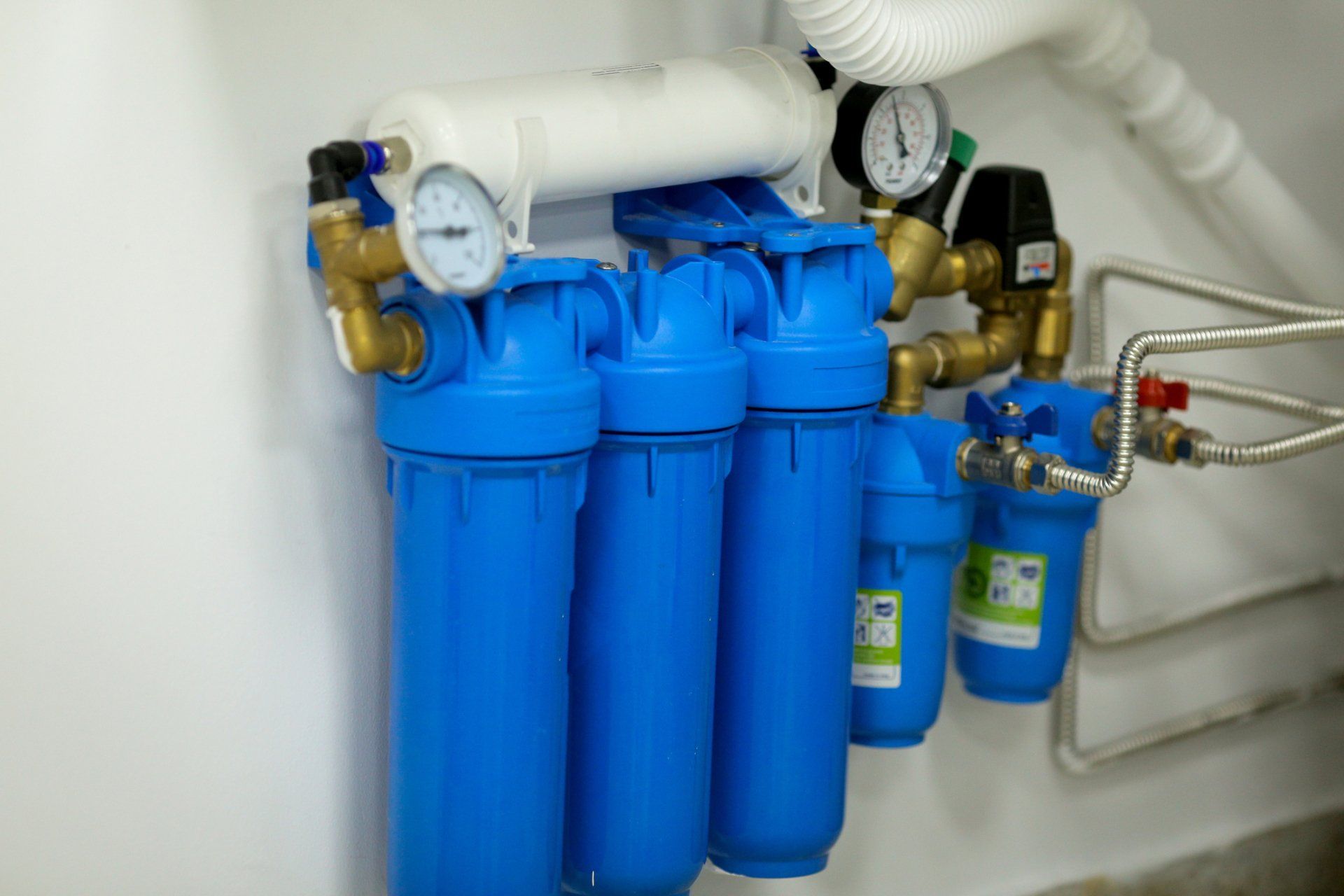WE ARE HIRING
Treating PFAS in Drinking Water
Per- and polyfluoroalkyl substances (PFAS) are a large family of man-made chemicals that contain carbon, fluorine, and other elements. These chemicals have been in use since the 1940s and are found in a variety of products including firefighting foams, household products such as non-stick cookware, food packaging, and stain and water repellants.
The two most widely studied PFAS chemicals are perfluorooctanoic acid (PFOA) and perfluorooctane sulfonate (PFOS); these chemicals were voluntarily phased out of production in the United States. However, as many as 3,000 other PFAS chemicals still are used in a wide variety of applications.
These chemicals are persistent and resist degradation, meaning they accumulate in the environment and in your body over time.
How might I be exposed to PFAS?
People can be exposed to PFAS in a variety of ways, including eating food or drinking water contaminated with PFAS, exposure through working conditions at PFAS production facilities, and by the release during normal use of household products containing PFAS.
It is estimated the drinking water supply for at least 16 million people is contaminated with PFAS.
What are the potential health effects of PFAS?
The risks associated with many PFAS chemicals are largely unknown; however, there is evidence that exposure to low levels of PFOA and PFOS can lead to health impacts in humans. The likelihood of potential adverse effects depends on factors such as the concentration of PFAS ingested as well as the time span of exposure.
Research has shown potential health impacts of PFOA/PFOS exposure include low infant birth weight, decreased fertility, elevated cholesterol, abnormal thyroid hormone levels, liver inflammation, weakening of the immune system, and testicular and kidney cancer.
Scientists are conducting research to better understand the health impacts from other PFAS chemicals.
Are there PFAS in my drinking water?
To have your water tested for PFAS, contact your state for a list of laboratories that are certified to test for PFAS using EPA Method 537. To search online for EPA Certified Labs for drinking water testing, go to EPA’s website.
How do I remove PFAS from my water?
Water treatment technologies that have been independently tested to show that they are capable of removing PFAS from drinking water in your home include activated carbon filtration, reverse osmosis (RO), and anion exchange treatment.
Product Certification, which goes beyond independent testing of each manufacturer’s product, provides an additional level of assurance to consumers who want protection from PFAS. During the process the certification body reviews confidential information on how and where the product is built and labeled and who the suppliers are for each material or component; conducts regular factory audits to ensure the product is not changed without authorization or retesting; reviews product packaging and labeling to ensure that important information is conveyed to consumers; and conducts additional testing to ensure that the products are made with materials that will not leach harmful chemicals into the water and that will not develop leaks due to pressure spikes.
See https://www.epa.gov/sciencematters/reducing-pfas-drinking-water-treatment-technologies#:~:text=Activated%20carbon%20treatment%20is%20the,in%20drinking%20water%20treatment%20systems. For more information









